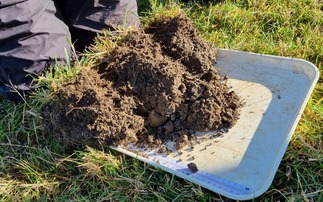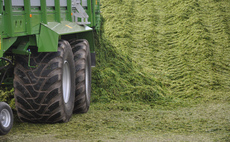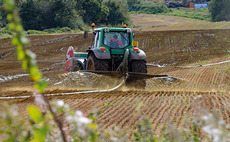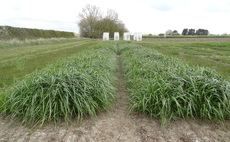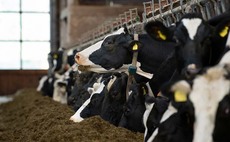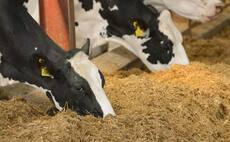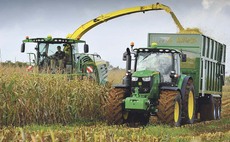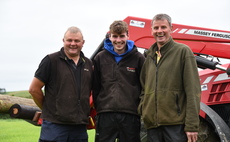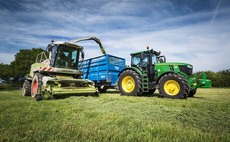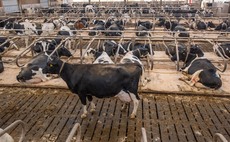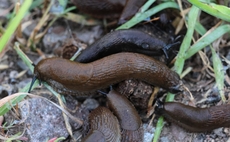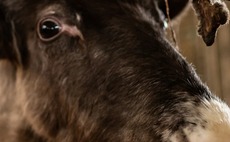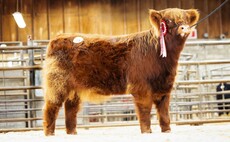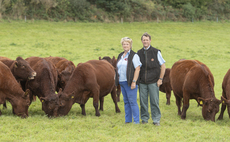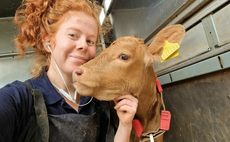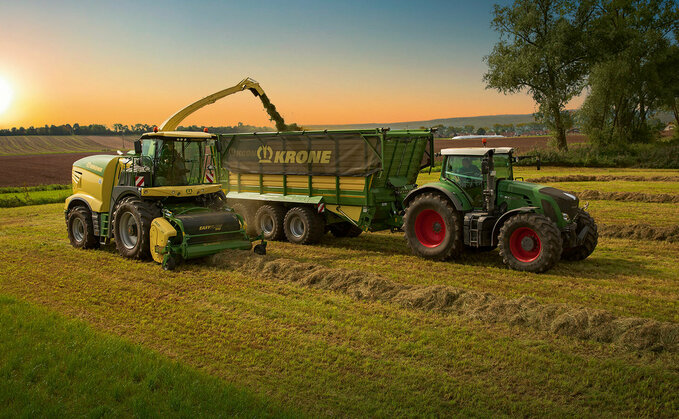
Attention to detail from start to finish when managing grassland and making silage is key to achieving the best quality forage
Adopting the best system for the farm situation is the starting point when seeking to maximise grass silage quality.
For many, this means cutting earlier and more often to ensure the grass is cut when energy and protein levels are highest.
This is according to Volac's Business manager Peter Smith, who points to on-farm research in Pembrokeshire which showed that improved quality from a multi-cut system meant it was cost-effective when taking into account extra costs for more cuts.
Mr Smith says: "The trial was conducted in a field divided into two plots, one cut five times and the other cut three times.
Over the season, the multi-cut plot yielded an extra 0.38 tonnes of dry matter [DM] per acre.
"This additional yield alone would not cover the cost of two more cuts, but the increased energy value, equating to 7,520MJ, translated into a real benefit in potential added milk yield.
"The trial also showed DM losses halved where Ecosyl additive was used and there was evidence of better protein preservation.
A trial on the same farm showed that if the grass was tedded straight after cutting at 10 am, 35% DM was reached within seven hours.
If tedding was delayed, it took up to 24 hours to reach 32% DM. If the grass was not tedded, it did not reach the target DM."
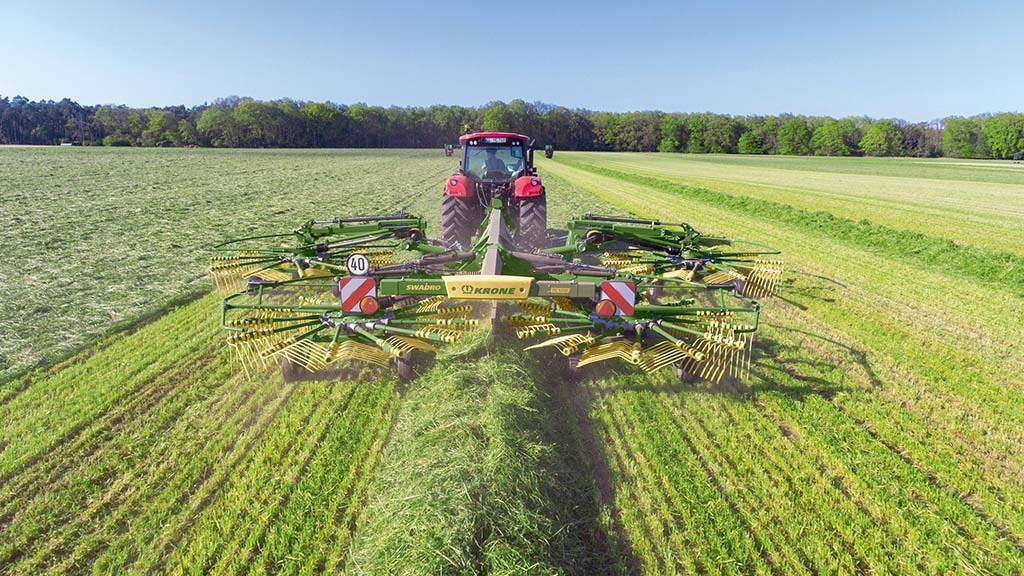
Choices
Starting with the highest quality grass seed mixture to suit the system is vital to producing the best silage.
John Spence Product manager of Limagrain suggests longevity and cutting system are two important considerations when selecting a grass mix.
He says: "Highest yielding grass varieties, such as Westerwolds and Italian ryegrasses, persist for the shortest time and are of a lower forage quality than the more durable perennial ryegrass varieties.
"The highest yielding cutting mixtures will usually last for two to three years and will predominantly comprise Italian and hybrid ryegrasses.
In my opinion, there are few situations where Westerwolds ryegrass is appropriate, as breeding advances mean Italian ryegrass has similar yield potential with superior forage quality."
"Tetraploids have a higher sugar content; the plants use nitrogen more efficiently and they have improved drought tolerance due to a deeper rooting structure.
They establish more rapidly because the seed is larger and can store more nutrients.
Tetraploid varieties tend to have a higher energy yield under conservation management and grazing studies have shown them to be preferentially grazed over diploids."
Limagrain carries out extensive trials of grass varieties used in its mixtures and, under identical conditions, there are marked differences in yield and forage quality, Mr Spence says.
He says: "We have recorded 5% differences in protein and sugar levels and 10% in digestible fibre between the best and worst performing Recommended List varieties.
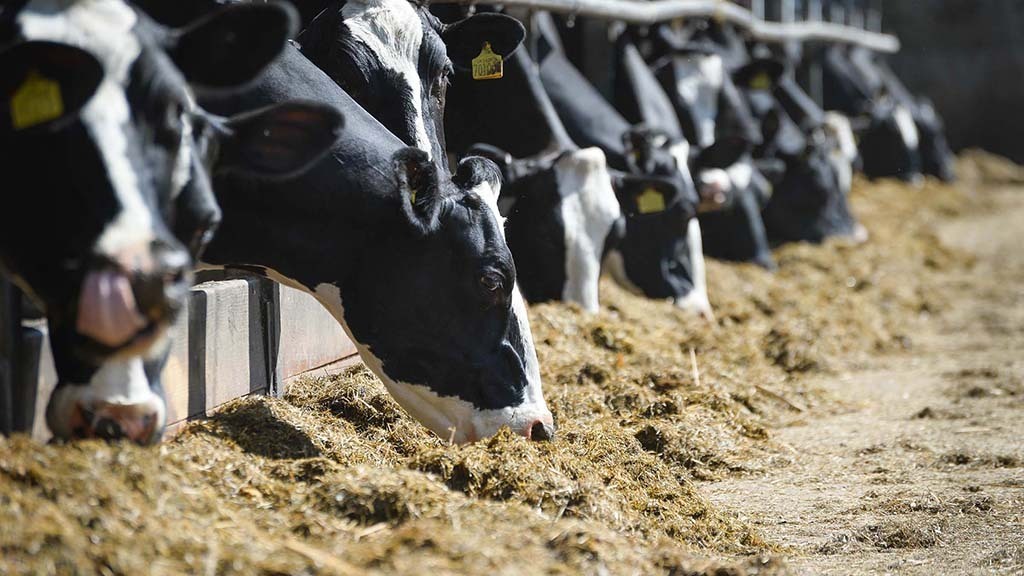
Levels
Philip Cosgrave, of Yara, says that understanding levels of key nutrients and minerals in grass prior to cutting can guide nutrient management decisions.
He says: "A comprehensive herbage analysis two to three weeks before cutting will provide detail on the levels of the main nutrients - phosphate and potash, but also sulphur, calcium and magnesium - required for plant growth.
"It is too late to apply nutrients to the soil close to cutting, but in some situations, a foliar fertiliser, such as Yara's CropLift Pro, containing all the main nutrients, plus magnesium, zinc, copper, manganese, iron and molybdenum, will provide a valuable lift for grass growth."
A pre-ensiling analysis is important to identify nitrate and sugar levels in grass, Mr Cosgrave adds.
He says: "We would advise not cutting grass for silage if nitrate levels are above 0.15% and ideally levels should be less than 0.1%.
Nitrate can act as a pH buffer during silage fermentation, resulting in a higher ultimate pH, leading to less stable and poorly preserved silage.
"Higher nitrate levels may occur if fertiliser is applied too late or, if there has been a cold spell, residual nitrate may not be used up by the plant.
Occasionally it can be because sulphur levels are low, meaning an important enzyme in the plant cannot function, preventing the assimilation of the nitrate into amino acids and proteins."
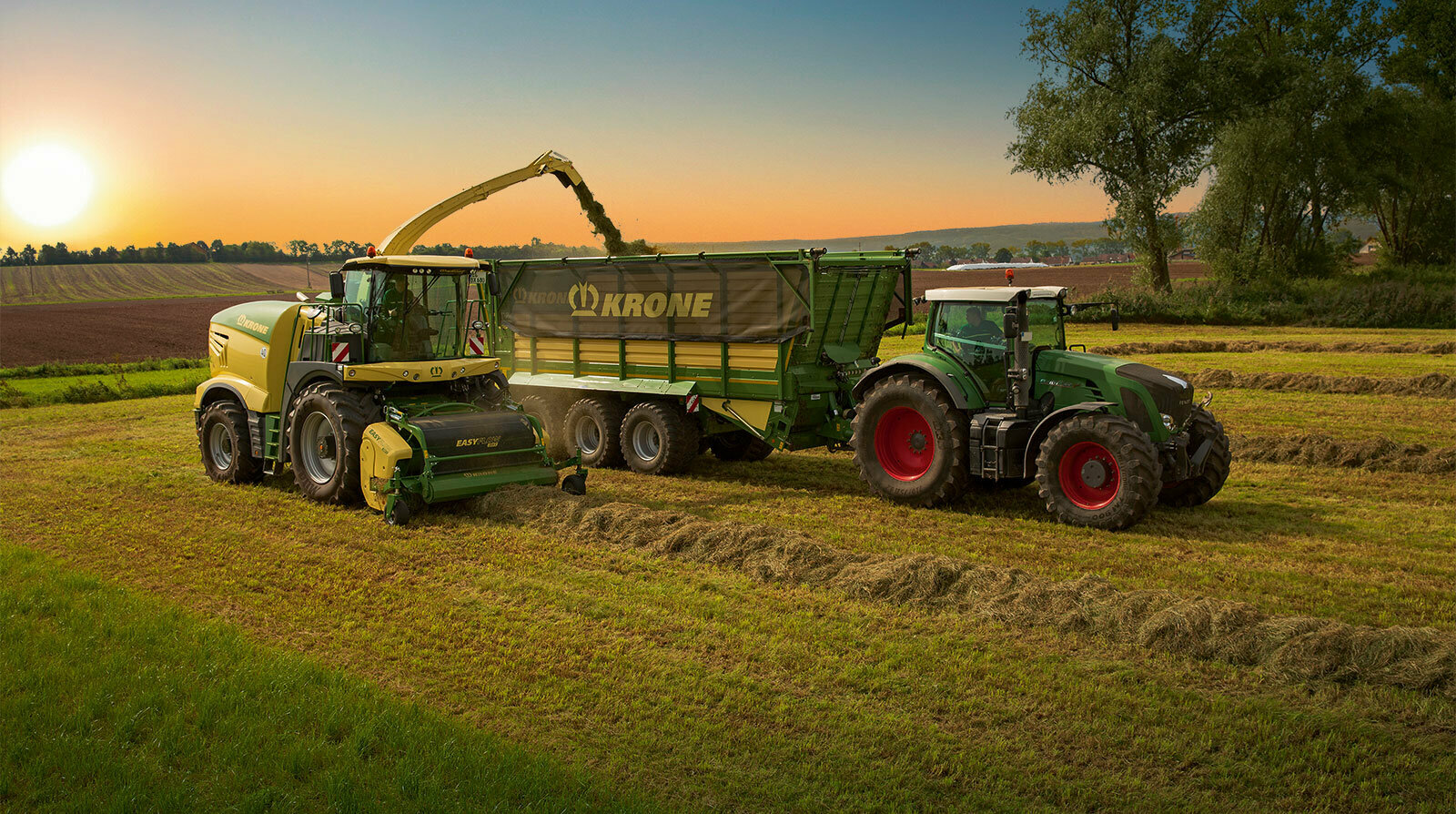
Investment
Decisions about reseeding grass swards need to be taken early in the season.
John Spence, of Limagrain UK, says this should be seen as an investment because it will increase output and feed value.
He says: "The importance of forage quality in terms of digestibility, energy, protein and sugar, is often overlooked. Farmers need to consider the feed value of every mouthful of grass, as well as yield."
Mr Spence urges farmers to use Recommended Lists to choose mixtures for a reseed. He advises taking time to research those best suited to the intended purpose.
He says: "Interactions between different varieties in a mixture can be complex, so it is important the mixture is trialled and not just individual varieties.
"Limagrain trials Sinclair McGill mixtures to ensure desirable traits of individual varieties are carried through and demonstrated in mixtures.
"Productivity and persistency are inversely proportional, meaning the longer lasting a mixture is, the lower its yield. Italian ryegrasses will yield more, but are less persistent than hybrid ryegrasses, while perennial ryegrasses yield least but last longest.
Earlier heading varieties tend to be higher yielding than later heading varieties, but are lower in forage quality."
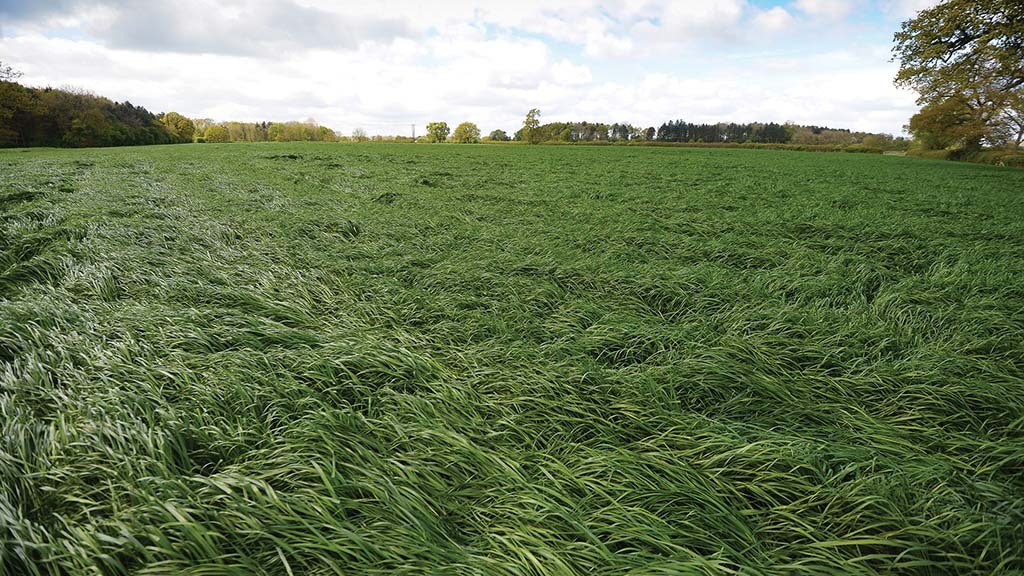
Campaign for Better Silage

Campaign for Better Silage is a new 2023 initiative brought to you by Krone, Sinclair McGill, Volac and Yara, offering advice to dairy farmers on how to navigate the inevitable grassland challenges 2023 will bring, as well as offering best practice guidance to ensure maximum production on every farm.
The exceptionally dry weather in 2022 has left many grassland farmers with a shortfall of silage and 2023 looks to set to be a particularly challenging season for many.
That said, some farmers did manage the 2022 season better than others and employed grassland techniques which have seen them finish the year with adequate stocks.
The continuing economic crisis, coupled with unquestionable changing weather patterns, means that identifying and sharing the techniques which produce best results is going to be critical for the industry to embrace moving forward.
Watch the launch debate LAMMA 2023, below... YouTube channel.








